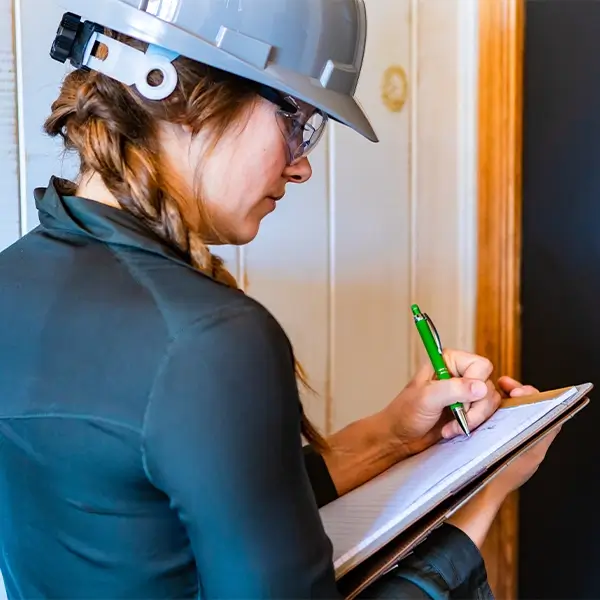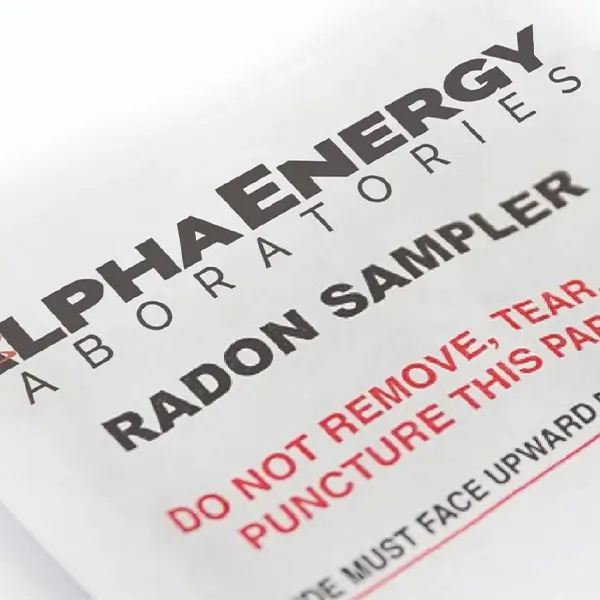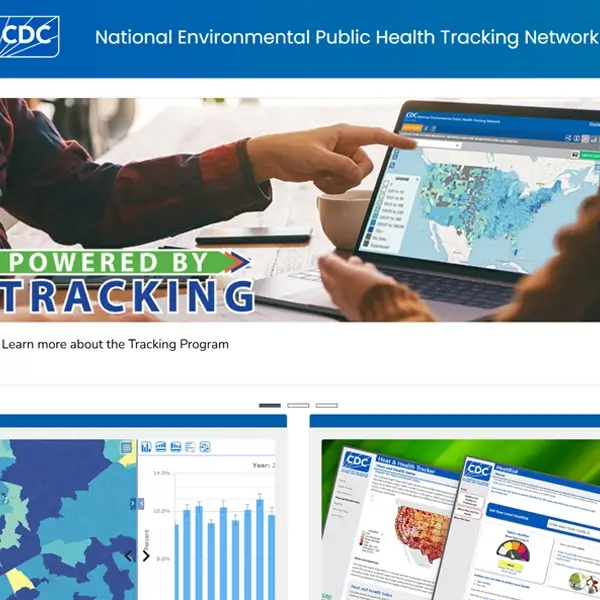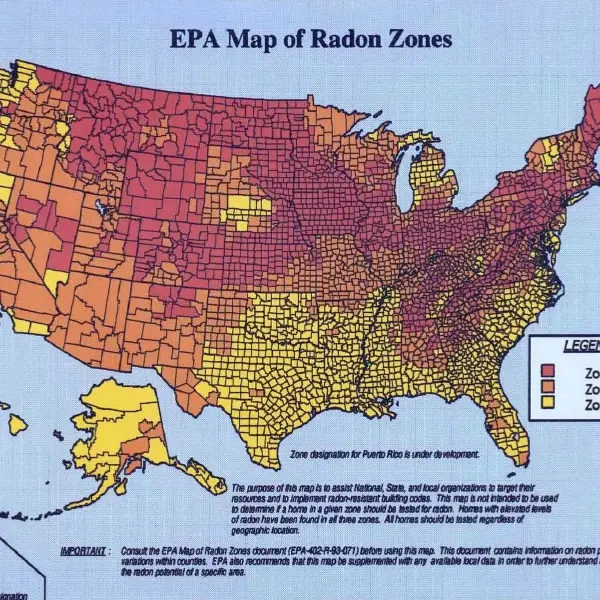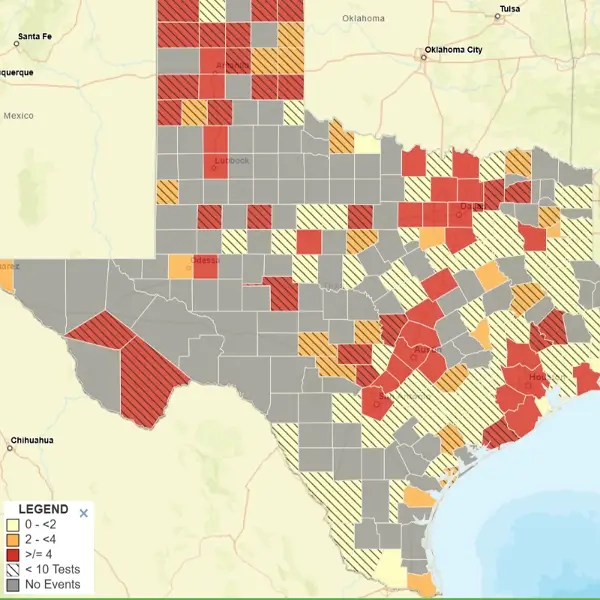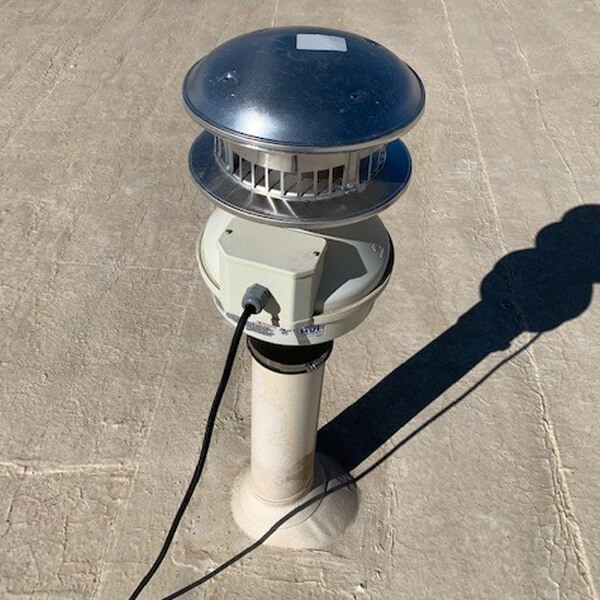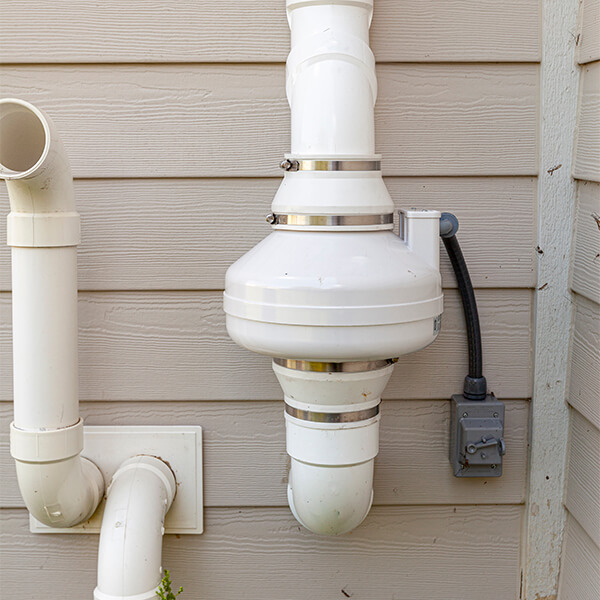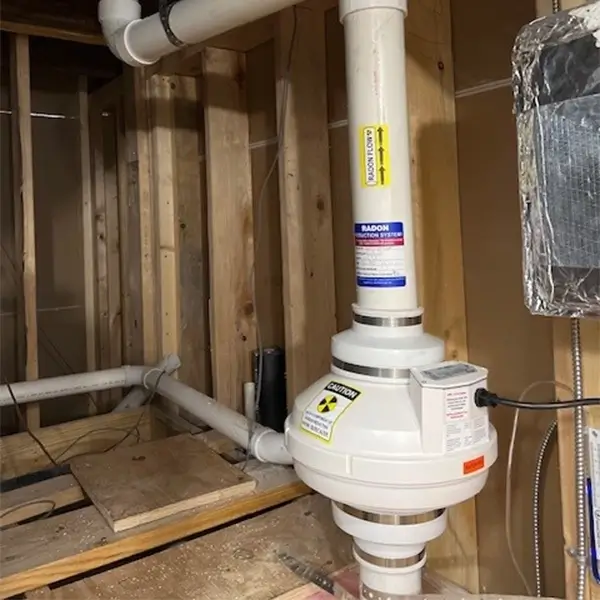Texas Home Inspectors Should Test for Radon
Most Texas homeowners are not well educated on the dangers of radon, as there are no state certifications or laws requiring radon testing or mitigation. However, the EPA, CDC, and the Texas DSHS all recommend home buyers have an indoor radon test performed prior to occupancy.
